Cultivation technology of cut autumn chrysanthemum (flowering period from October to November)
1. Conditions for cut chrysanthemum varieties
The chrysanthemum seedling variety for cut chrysanthemum must be of excellent quality; the flower shape should be neat and round, such as peony type, rosette type or hemispherical type; the petals should be thick, stretched and shiny, with an inflorescence diameter of 7~15 cm; the plant should be more than 80 cm tall, with upright stems, uniform internodes, and strong plants; the leaves should be of moderate size, dark green and shiny, and the leaves should be attached at a 45~50° angle, the flowers and leaves should be coordinated and even, the branches should have strong water absorption after cutting, and they should be able to keep fresh in vases for a long time and be resistant to packaging and transportation.
2. Cultivation technology of cut autumn chrysanthemum
Cut autumn chrysanthemums are also cultivated in the open field and bloom from October to November. The cultivation techniques are similar to those of normal autumn chrysanthemums, but the following characteristics should also be noted.

1. Soil cultivation
① Terrain requirements: Select high terrain, deep strata, humus-rich, well-drained sandy loam, pH value 6.5~6.7, slightly acidic soil.
② Selection and use of fertilizers: Apply sufficient base fertilizer before land preparation, 3,000 kg of decomposed compost, 3,000 kg of decomposed garbage, 200 kg of compound fertilizer, and 50 kg of wood ash per mu.
③ Deep plowing to make ridges: The height and width of the ridges vary from region to region. In the northern areas with little rainfall, flat ridges are generally used, while in the southern areas with much rainfall, high ridges are used.
④ Planting density: varies depending on the size of the flower and the number of branches left. Generally, 60 large chrysanthemums and 75 medium chrysanthemums are planted per square meter for single-stem chrysanthemums, and about 36,000 to 45,000 plants are planted per mu; 15 to 20 plants are planted per square meter for three-branch chrysanthemums, and about 9,000 to 12,000 plants are planted per mu.
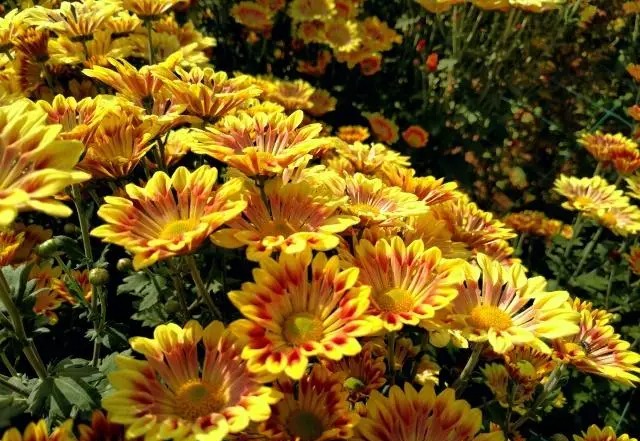
(II) Seedling cultivation and planting
Single-stem chrysanthemums are propagated by cuttings in mid-to-late May and transplanted in late June. Single-stem chrysanthemums are generally not topped, but sometimes they can be topped once to make the plant stronger. After the side branches grow, a healthy bud is left to grow, and each plant has one flower. Multi-stem chrysanthemums are usually propagated by cuttings from late April to early May, and transplanted in late May. Topping is done once, leaving 3 to 4 branches, and then removing the side buds and side buds, leaving only one flower at the top of each branch.
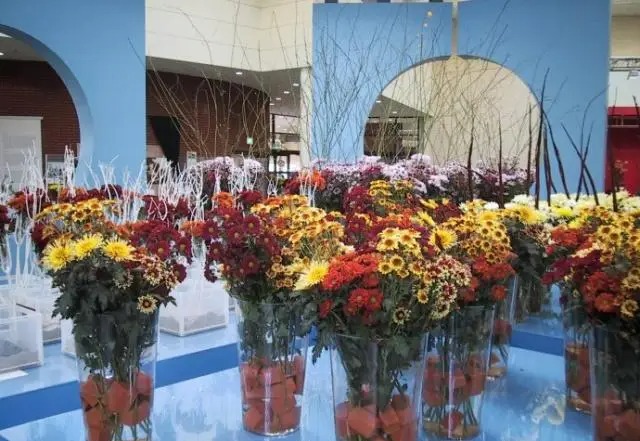
(III) Field management
Since cut autumn chrysanthemums are cultivated in the open field, the field management requirements are more stringent. After the chrysanthemum seedlings are planted, watering, topdressing, intertillage and weeding should be carried out in time. After watering, fertilizing and rainfall, the soil must be loosened and weeded in time to make the soil loose and air circulate, which is conducive to the development of the root system. After the chrysanthemum plants are closed and the roots are covered with the soil layer, the intertillage should be stopped and the grass should be removed. In terms of water and fertilizer management, cut chrysanthemums are different from potted autumn chrysanthemums. Potted chrysanthemums require short and strong plants, and sometimes the growth rate of potted chrysanthemums is inhibited by controlling water and fertilizer. Cut chrysanthemums require tall plants, large flowers, upright branches and fat leaves. It is advisable to supply water and fertilizer in a timely and appropriate manner according to the needs of each stage of the growth and development of the chrysanthemum plants to fully meet the requirements of the growth and development of the plants.
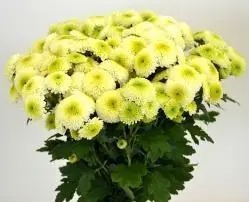
4. Preventing lodging
Cut chrysanthemums require upright plants, but autumn chrysanthemums often suffer losses from typhoons and rainstorms in summer and autumn. Therefore, the cultivation of cut chrysanthemums should strengthen measures to prevent lodging. At the same time, due to the high planting density of cut chrysanthemums, it is not convenient to tie the pillars, so the best measure to prevent cut chrysanthemums from lodging is to use the net method. That is, according to the length and width of the bed, nylon rope or cotton rope is used to weave a net, and the size of the mesh depends on the size of the plant spacing. Set up pillars 1 meter high around the bed. When the chrysanthemum plant grows to about 30 cm, open the net close to the top of the plant, fix the net on the pillars around the bed, and let the chrysanthemum branches extend into the mesh to prevent lodging. In the future, as the plant grows taller, the height of the net will be gradually increased. This method saves labor and avoids damage to the chrysanthemum leaves when tying with pillars.
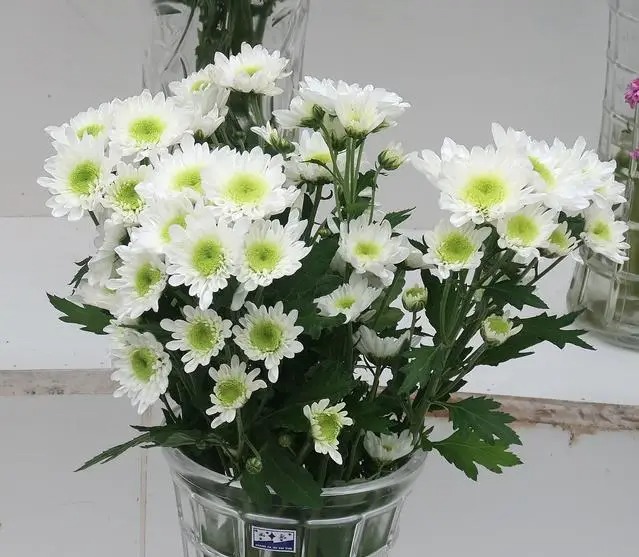
(V) Packaging
The purpose of growing cut chrysanthemums is to cut branches for supply, so the timing, method, and post-cutting treatment of the branches are very important. The temperature affects the speed at which the flowers open, so when the temperature is low, the flowers can be cut when they are 70% to 80% open, and when the temperature is high, they must be cut earlier.
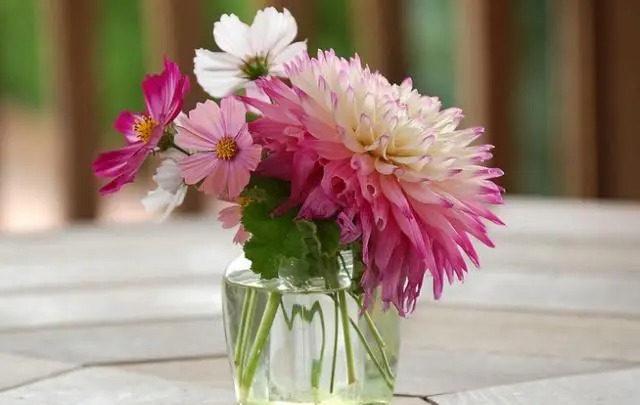
6. Varieties of cut chrysanthemum
Most varieties of cut chrysanthemum are introduced from abroad. The commonly used varieties are:
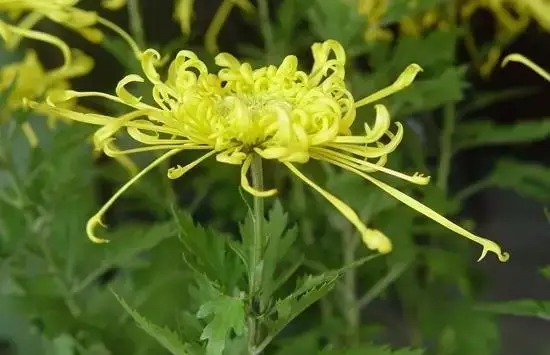
Thank you for reading. If you have different opinions, please feel free to comment.